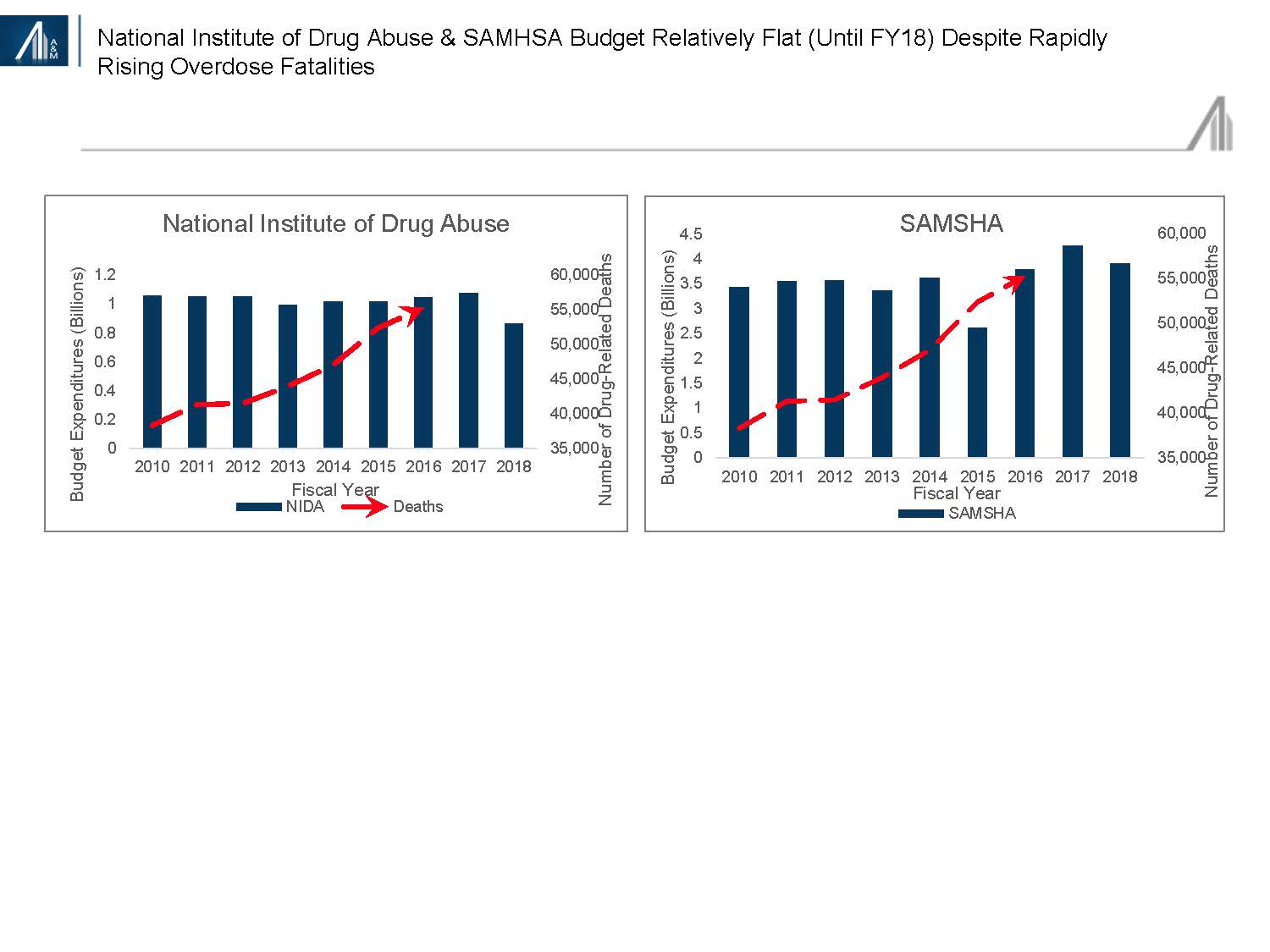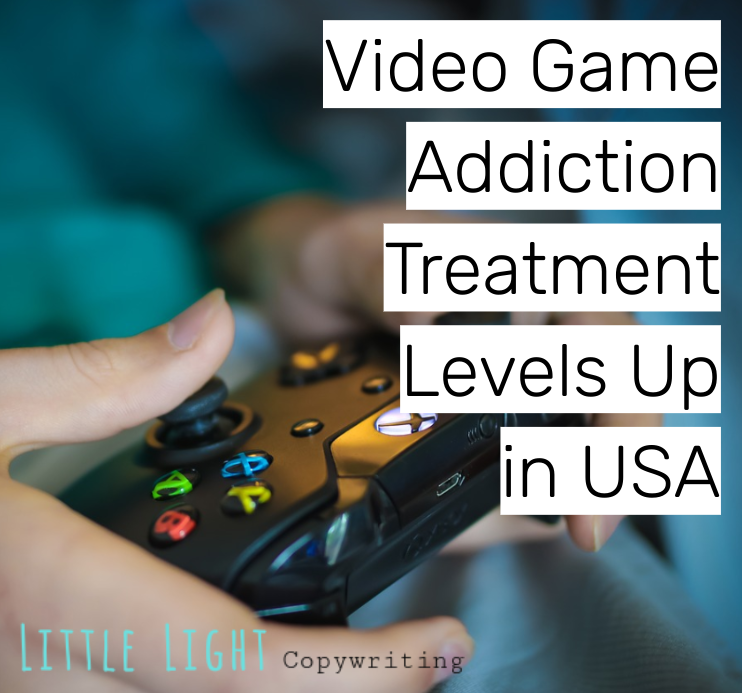Prior to you read on, we thought you might like to download our 3 Favorable CBT Exercises totally free. These science-based workouts will offer you with a comprehensive insight into Positive CBT and will give you the tools to apply it in your therapy or training. You can download the free PDF.

A treatment plan will include the client or client's personal information, the medical diagnosis (or diagnoses, as is typically the case with mental disorder), a basic summary of the treatment recommended, and space to determine outcomes as the customer advances through treatment. A treatment plan does numerous things, the most essential of which include: Specifying the problem or condition Explaining the treatment prescribed by the health/mental health expert Setting a timeline for treatment development( whether it's an unclear timeline or consists of specific milestones) Recognizing the major treatment goals Noting crucial milestones and goals This documentation of the most essential components of treatment helps the therapist and customer stay on the exact same page, supplies a chance for conversation of the treatment as planned, and can serve as a suggestion and motivational tool. While individuals in similar scenarios with comparable issues may have comparable treatment plans, it is very important to comprehend that each treatment strategy is unique. There are often many various ways to deal with the same problem sometimes there are lots of various paths that treatment might take! No 2 treatment plans will be precisely the exact same, due to the fact that no 2 individuals's experiences are precisely the exact same. As kept in mind earlier, all treatment strategies are various they are distinct items of the discussions between a therapist and customer, the discover this info here therapist's scientific understanding, and the customer's shared experience. Even in identical medical diagnoses in comparable people, distinctions are bound to manifest in any or all of the following parts: History and Demographics customer's psychosocial history, history of the symptoms, any previous treatment details Assessment/Diagnosis the therapist or clinician's medical diagnosis of the customer's psychological health problems, and any previous diagnoses will also be kept in mind Providing Issues the issues or signs that initially brought the client in Treatment Contract the contract between the therapist and customer that sums up the goals of treatment Responsibility an area on who is accountable for which elements of treatment (client will be accountable for lots of, see this here the therapist for others )Strengths the strengths and resources the customer gives treatment( can include household support, character strengths, material support, and so on) Treatment Goals the" building blocks" of the plan, which should specify, realistic, tailored for the client, and quantifiable Objectives goals are the bigger, more broad results the therapist and client are working for, while multiple goals make up each objective; they are little, possible actions that make up a goal Modality, Frequency, and Targets various modalities are typically applied to different objectives, requiring a strategy that pairs modalities, a frequency of sessions, expected conclusion date, and so on, with the particular goal Interventions the strategies, exercises, interventions, etc., that will be used in order to pursue each goal Progress/Outcomes a great treatment strategy need to consist of area for tracking progress towards goals and objectives( Good Therapy, 2016) The therapist and customer will work together to get this details down on paper, with the therapist contributing his/her expertise in treatments and treatment results, and the customer contributing know-how in his/her own life and experiences. These advantages include: Treatment plans provide a guide to treatment for both the therapist and client. Treatment strategies can minimize the risk of scams, waste, abuse, and the possible to cause unintentional harm to clients. Treatment strategies help with easy and effective billing given that all services rendered are documented. Treatment plans can help smooth any prospective bumps in treatment, specifically if a client needs a type of treatment the main therapist can not supply( e.g., a particular type of intervention or a prescription for medication) or should see a new therapist for some other reason (e.g., if the client or therapist has actually moved, or the therapist is on extended leave, Excellent Therapy, 2016). Treatment plans are not always required to give or get successful treatment, however they can be exceptionally valuable in helping with a smooth and hassle-free treatment experience. Objectives and goals will differ tremendously from someone to the next, especially those dealing with extremely various issues. If you or your client is devoted to change but isn't rather sure where to start, this link of potential goals can spark an useful conversation about where to go from here. For example, a common objective for those fighting with drug abuse may be to quit utilizing their drug of option or alcohol, while a patient struggling with depression may set a goal to lower their self-destructive thoughts. In basic, these objectives ought to be.

reasonable they need to be sensible, given the customer's basic experience and hopes for the future (what is holistic treatment for drug addiction). For example, an objective for a specific with extreme anxiety might be to take 10 actions outside their front door. The next goal might be to make it to the community market, or up to 30 steps outside their front door. Meeting each goal http://martinpmll026.huicopper.com/everything-about-what-is-the-best-treatment-for-drug-addiction will eventually lead you to fulfill the objective.